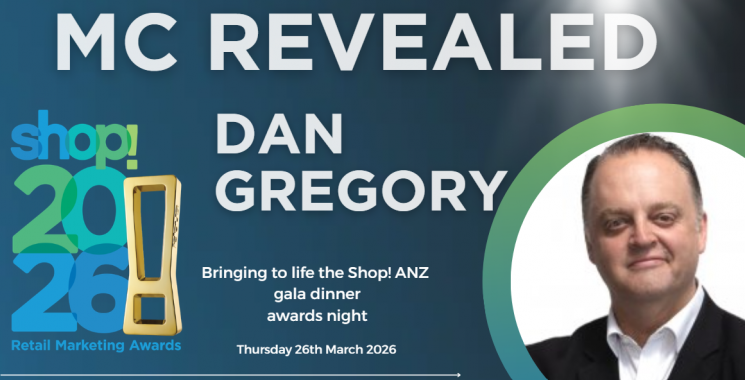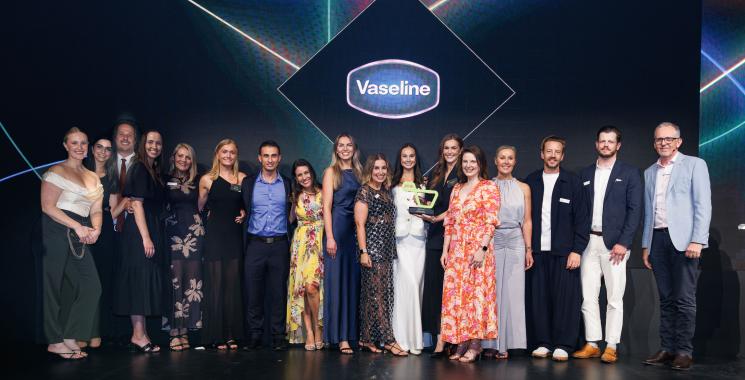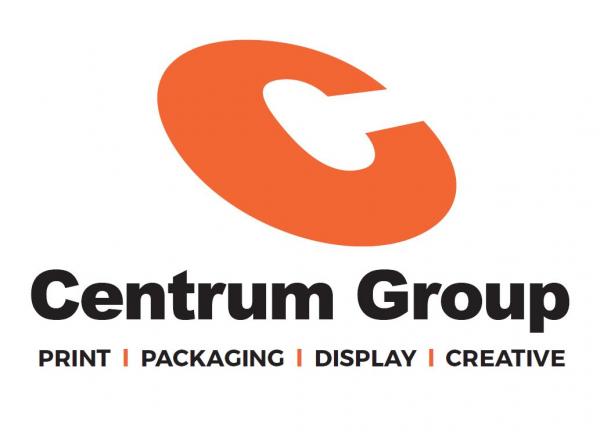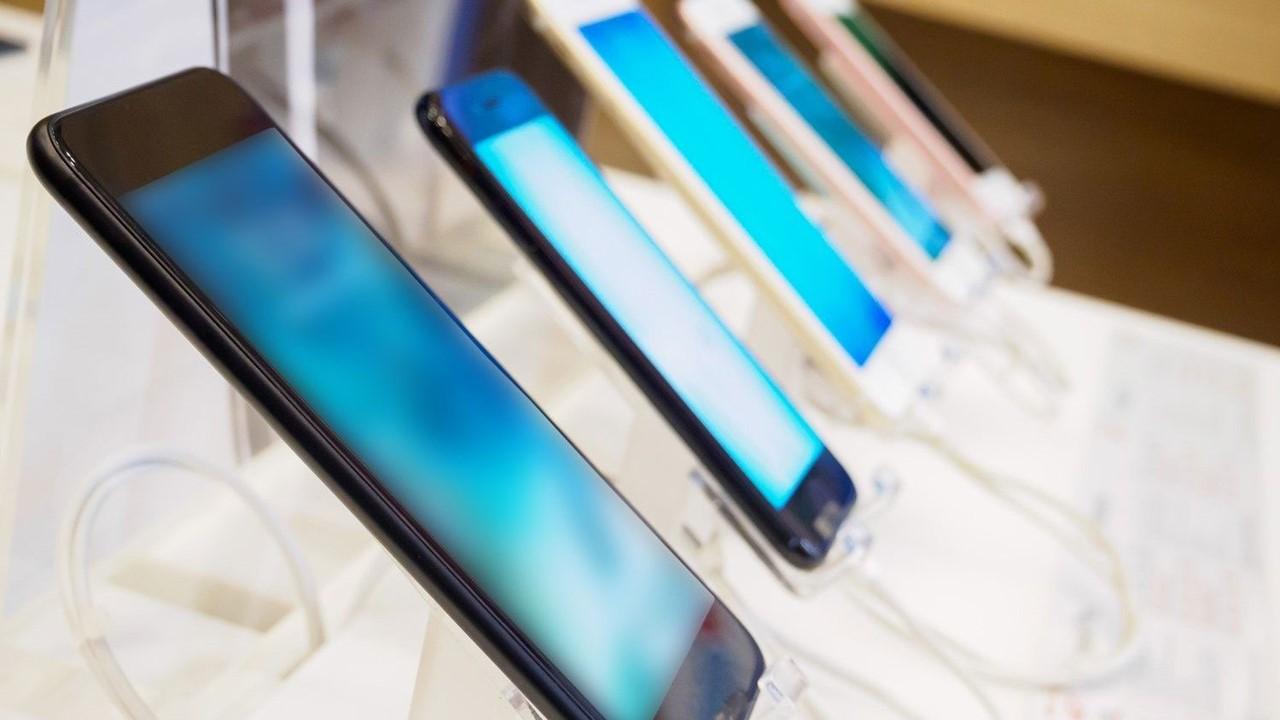
ShopperTrak Trends & Rethinking telecom retail
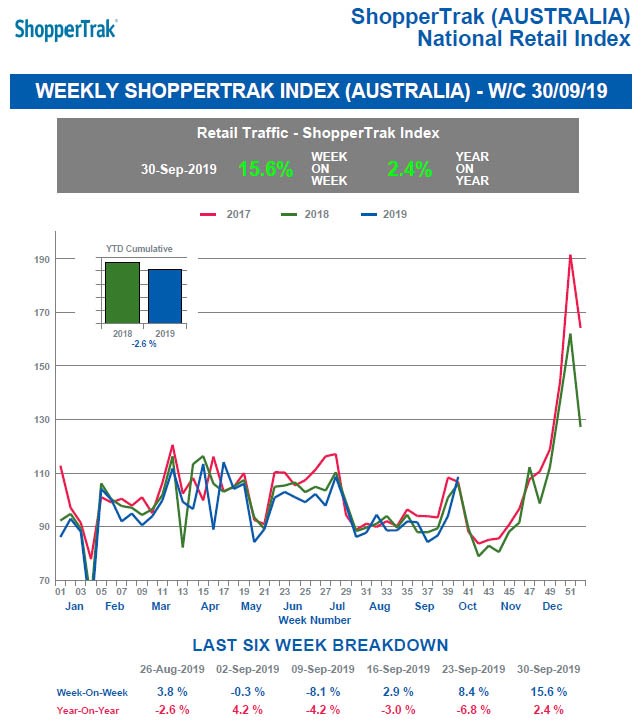
September 2019 Wrap-up
In the week commencing September 9, the National Index was down 8.1% from the week before and down 4.2% compared to this time last year.
In the week following, the National Index was up 2.9% from the week before and down 3.0% compared to this time last year.
The final week of the month commencing 23 September, the National Index was up 8.4% from the week before and down -6.8% compared to this time last year.
About ShopperTrak: 'You can’t increase profitability without knowing your customers inside and out'. ShopperTrak pioneered and manage the globally-recognised ShopperTrak Index, a set of national trend indexes measuring shopper numbers, which is relied upon by retailers and shopping centres across the globe as a consistent and trusted performance benchmark.
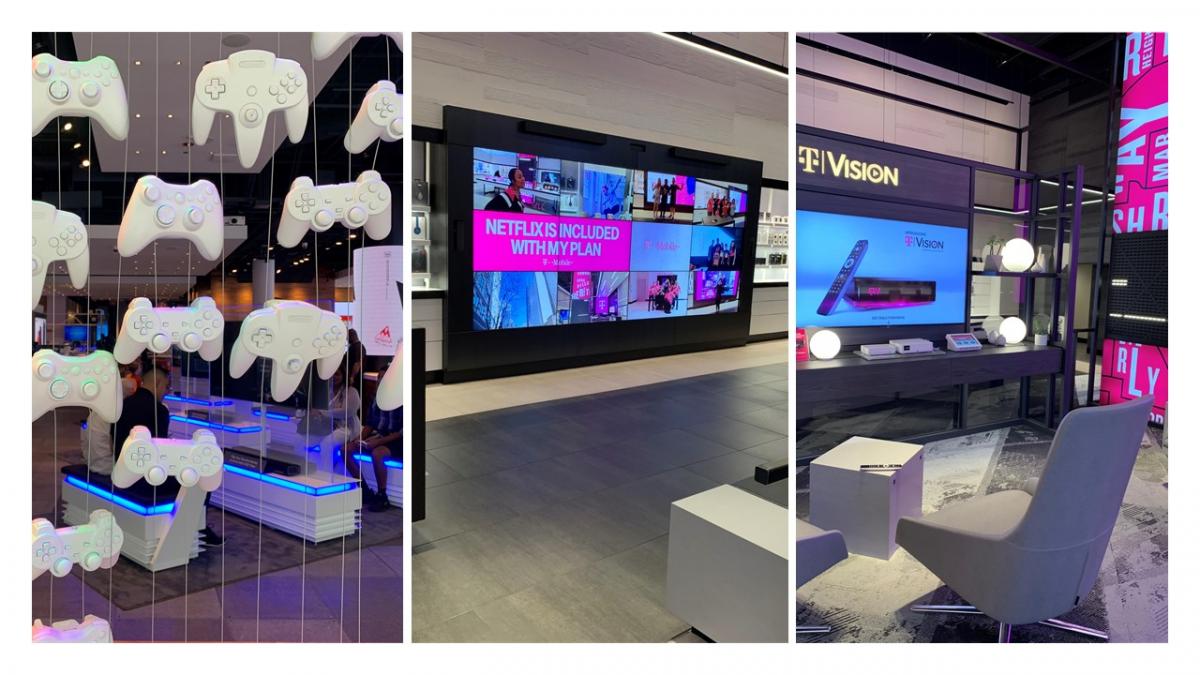
Left; AT&T. Centre and right; T-Mobile. Both stores in Michagan Avenue, Chicago, IL, USA
In the lead up to Christmas, think about encouraging shoppers to come into store by curating environments that are build around experience per-square meter, rather than simply selling products.
Following is a insightful story by ShopperTrak about the telecom sector and how in-store experience has a major influence on buying decisions, dwell time, conversion rates and Average Transaction Value (ATV).
Rethinking telecom retail: Stunning new formats dialing success
by ShopperTrak 10 September 2019
When it comes to purchasing the latest smartphone, the shopper experience truly blooms in a physical store, and telecom retailers are capitalising on the modern consumer’s fascination with lifestyle technology.
Stores can reinforce a brand and convey elements in ways that online channels can’t. Customers can pick up the newest handset and test it in store, and highly trained individuals are on hand to advise and demonstrate each phone’s capability, as well as explain a range of contract options. Stores can truly celebrate the latest tech and showcase the most futuristic lifestyle solutions to potential customers.
In the telecom sector these aspects of the in-store experience have a major influence on buying decisions, dwell time, conversion rates and Average Transaction Value (ATV). The smartest telecom store operators test and measure the impact of new product displays, service initiatives and ‘experiential’ ideas, to ensure they are always keeping shoppers engaged and delivering ROI.
By using traffic data it’s possible to measure how successful new formats are proving as a traffic and conversion driver. Our new report, Fully charged for the future, explores this in detail.
Below are some examples of re-imagined retail concepts that are currently delighting shoppers in the global telecom sector. These stores’ ability to attract footfall and increase dwell time can be tracked with people counting technology, which is then used to optimise staffing, marketing and store layout in line with the predicted traffic flow into the store.
Re-imagined retail concepts
In North America, AT&T has developed stores that focus on ‘education and exploration’ – with a strategic focus on ‘selling advice’, rather than ‘selling phones’. Stores now offer a highly personalised service – thanks to retail staff being equipped with tablets, customer transactions can occur anywhere in the store. The warm, inviting stores ‘reward’ people for visiting, by offering ‘emotionally-engaging experiences’. This is a powerful way to boost footfall, encourage dwell time and build long-term loyalty that aims to encourage repeat visits long into the future.
Last year the communications giant opened a store in Seattle’s Capitol Hill neighbourhood called ‘The Lounge by AT&T’. It’s designed to be part retail store, part coffeehouse and part hangout space, perfect for stimulating traffic and giving a reason for shoppers to extend their stay.
Interactive experiences
European phone network provider and retailer O2 has also moved away from the traditional ‘phone shop’ and towards more interactive experiences, tutoring and community involvement.
O2 encourages shoppers to stay in the store longer with interactive ‘inspire zones’, which allow them to try out new technology alongside typical mobile phones, and a lounge area offers hot drinks and wireless mobile charging. This provides shoppers with space to learn and interact, with O2 envisaging a more meaningful long-term connection with new and existing customers.
Places to worship technology
In Asia, Chinese smartphone vendor Oppo has opened a handful of spectacular flagships to showcase product and celebrate digital innovation. Inspiration is at the heart of this strategy, which aims to attract tech-obsessed shoppers, and keep them on site as they explore and purchase the latest technology.
The Oppo Super Flagship Store in the Huaqiangbei area of Shenzhen offers a complete retail experience for its customers. Inside, customers can explore, eat, drink, use free phone charging points, and enjoy creative product and accessory displays, as well as benefit from the expertise of the store team. Once again, all these efforts are being made by the retailer to keep footfall up, and conversions high.
With traffic data insights, stores will learn when the sales floor is likely to be at its busiest. Store management can then schedule the appropriate number of sales advisors to maximise the sales opportunity that is being created. The result for shoppers? A fantastic experience coupled with supremely good service .
Measuring success and meeting shopper needs
Innovative stores are excellent for brand exposure. But these reimagined store concepts also aim to deliver the latest in retail best practice, with the commercial objective of driving revenue. That means offering seamless service across channels, and providing features that increase footfall, encourage dwell time and maximise opportunities for conversions. Measuring success is vital to ensure a return on investment.
Traffic benchmarking allows head office to know which store formats suit which region and location type. If putting in a repair hub and coffee bar in thriving city centre stores drives up traffic, dwell time and Average Transaction Values (ATV) the company knows this is worth rolling out across all similar stores in the network.
Also using traffic data, staff to shopper ratio can be optimised – another essential element of next generation stores where customer expectations are so high. By using traffic data to plan staff schedules around known peaks – such as regular Power Hours, or long-awaited handset launch events – visitors to these tech emporiums not only see amazing new products, they have a rewarding and efficient shopping experience too.
Story written by ShopperTrak: Rethinking telecom retail: Stunning new formats dialling success
